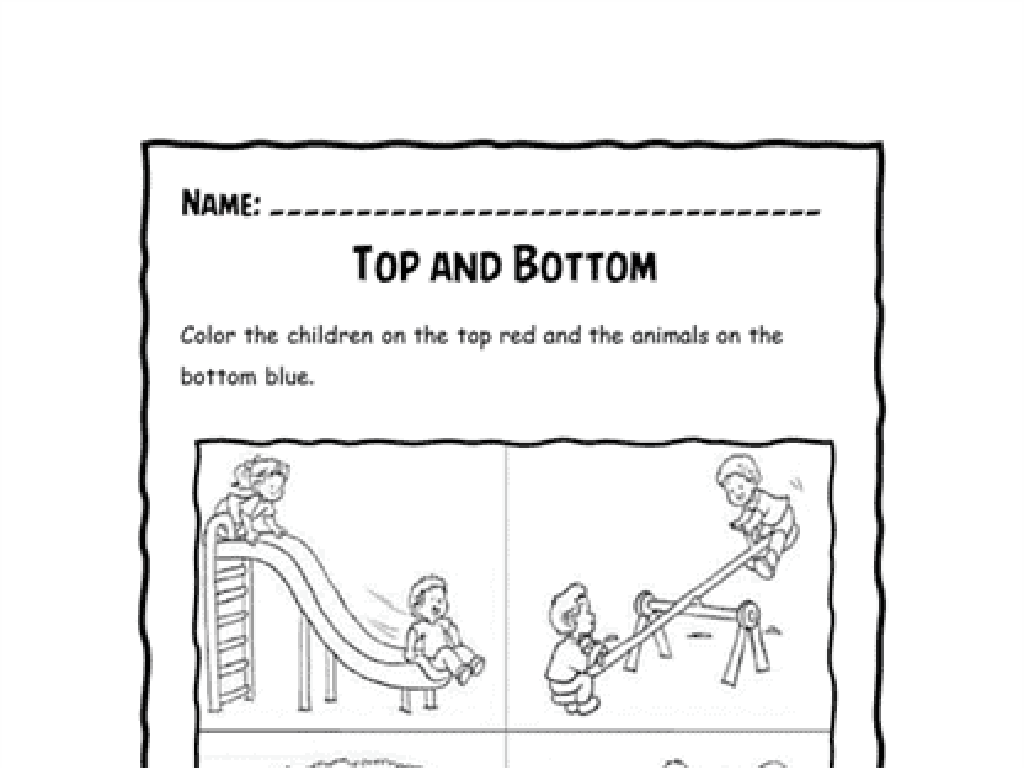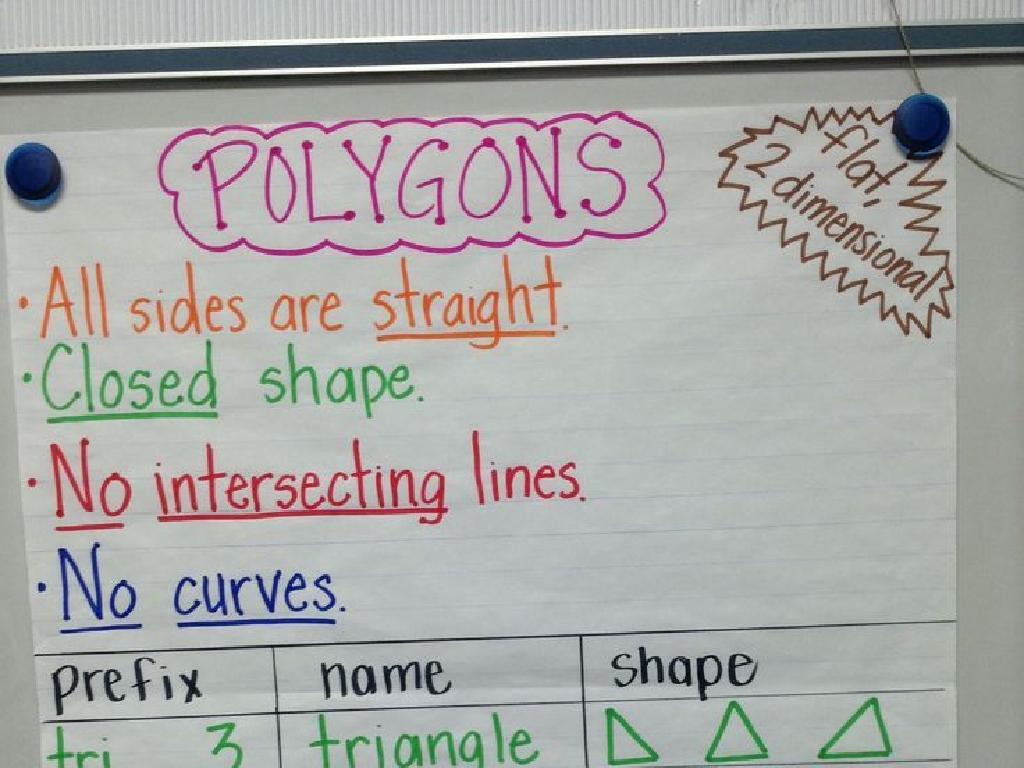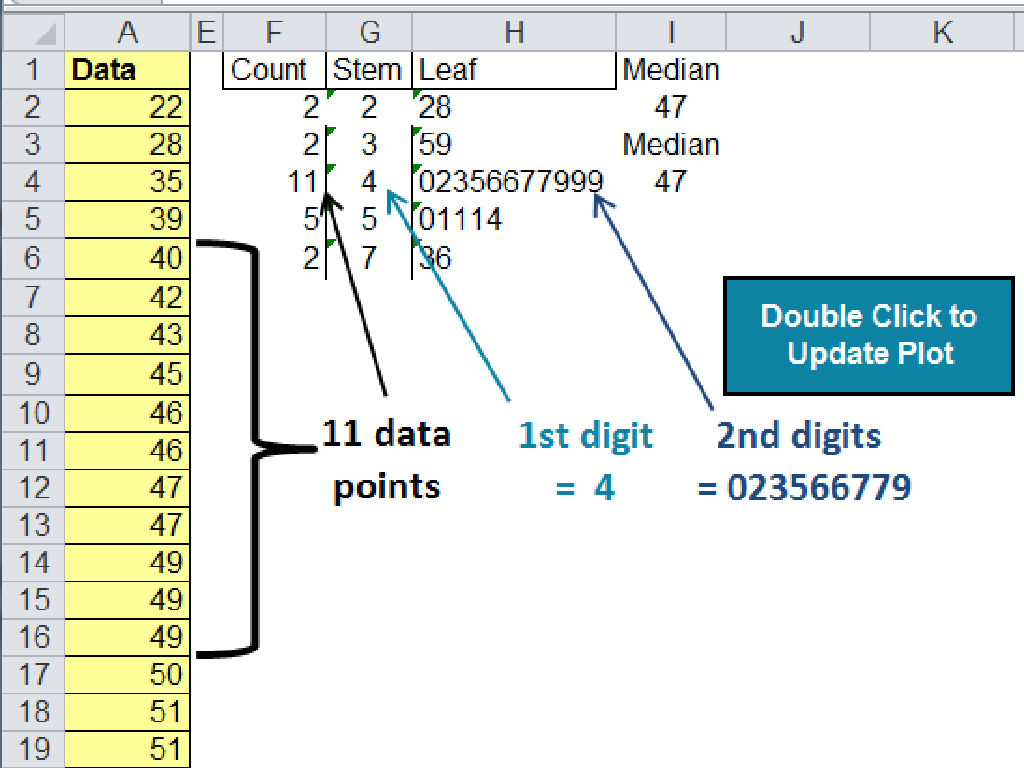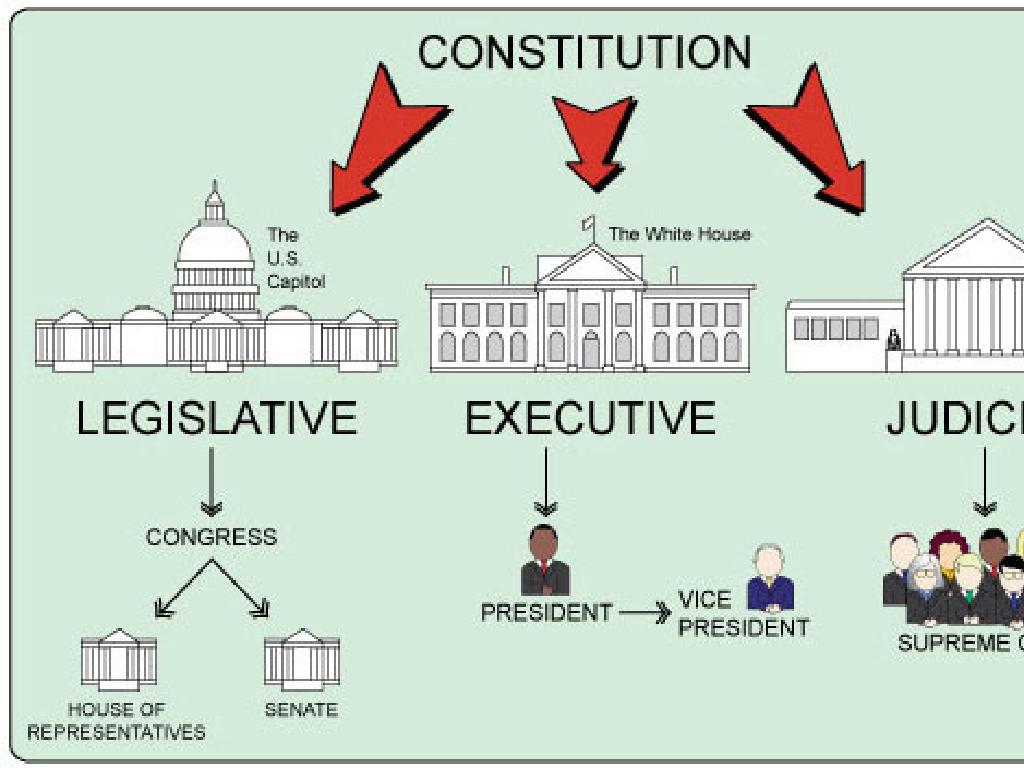Read Passages About Business And Technology
Subject: Language arts
Grade: Sixth grade
Topic: Analyzing Informational Texts
Please LOG IN to download the presentation. Access is available to registered users only.
View More Content
Analyzing Informational Texts: Business & Technology
– Comprehend the world via reading
– Today’s focus: Business & Tech
– Explore how businesses work and tech advances
– Value of informational texts
– Learn how to extract knowledge from texts
– Daily life applications
– Examples: Reading news, instructions, or learning new skills
|
This slide introduces students to the concept of informational texts and their relevance to understanding the world, specifically in the realms of business and technology. Emphasize the role of informational texts in providing factual knowledge and aiding in decision-making. Highlight how reading such texts is a daily activity, whether it’s following a recipe, understanding a news article, or learning how to operate a new gadget. Encourage students to think about how they interact with informational texts in their own lives and to be prepared to discuss and analyze passages related to business and technology in upcoming lessons.
Exploring Informational Texts
– Define informational text
– Factual writing meant to inform
– Contrast with other writings
– Unlike narratives, no plot or characters
– Structure of informational texts
– Often includes headings, subheadings, and bullet points
– Examples in business & tech
– E.g., articles on latest gadgets, company bios
|
This slide introduces students to the concept of informational texts, which are non-fiction writings aimed at providing facts and explanations about a particular subject. Unlike narrative texts, informational texts do not contain a plot or characters but focus on delivering knowledge. Common structures include logical order and use of visual elements like charts and graphs to support understanding. Use examples relevant to business and technology, such as articles on the latest technological advancements or profiles of significant business leaders, to illustrate how informational texts can be engaging and educational. Encourage students to think critically about the structure and purpose of the texts they encounter in these fields.
Key Features of Informational Texts
– Understanding Main Idea
– The central point or message the author wants to convey
– Navigating Text Features
– Headings guide readers; subheadings break down topics; glossaries define terms
– Interpreting Graphics
– Charts, diagrams, and tables present data visually for quick understanding
– Integrating Information
– Combine text and graphics to fully grasp the topic
|
This slide introduces students to the essential components of informational texts, focusing on how to extract and interpret information. Emphasize the importance of identifying the main idea, which is supported by details throughout the text. Explain how text features like headings and subheadings organize content and make it easier to find information, while a glossary helps with unfamiliar terms. Graphics such as charts, diagrams, and tables are crucial for visualizing data and should be read in conjunction with the text. Encourage students to practice integrating both textual information and graphics to gain a comprehensive understanding of the subject matter, particularly in the context of business and technology. Provide examples from real-life business articles or technology guides to illustrate these concepts.
Reading Strategies for Business & Technology Texts
– Preview the text before reading
– Look at titles, headings, and images to guess the topic
– Make predictions and ask questions
– What do you think you will learn? What questions do you have?
– Identify main ideas and supporting details
– Find the big ideas and evidence that supports them
– Discuss the significance of the text
|
This slide aims to equip students with effective strategies for understanding informational texts related to business and technology. Start by previewing the text to activate prior knowledge and set a purpose for reading. Encourage students to make predictions about the content and formulate questions they want to answer through reading. Teach them to identify the main ideas and details that support those ideas, which is crucial for comprehension. Lastly, have a discussion about why the text is significant and how it relates to the real world. These strategies will help students become more engaged and thoughtful readers.
Business Passages: Mastering Vocabulary
– Learn key business terms
– Words like ‘investment’, ‘profit’, ‘market’
– Use context for new words
– Look for hints in the text around unfamiliar words
– Practice pronunciation
– Say new words out loud, break them into syllables
– Define terms clearly
– Use a dictionary or thesaurus for precise meanings
|
This slide is aimed at introducing students to the specialized vocabulary found in business-related texts. Start by presenting a list of key terms that are commonly used in the business world. Encourage students to use context clues from the passages to infer the meanings of new words they encounter. Emphasize the importance of correct pronunciation, which can be practiced by breaking words into syllables and repeating them. Finally, guide students to use reference materials such as dictionaries to understand and define new terms accurately. This will not only enhance their vocabulary but also aid in their comprehension of business concepts.
Technology in Business: Vocabulary
– Learn key tech terms
– Understand tech’s role in business
– How technology drives modern businesses and examples like e-commerce, online marketing
– Engage in vocabulary activities
– Use games, flashcards, and quizzes to reinforce new terms
– Apply words in context
– Create sentences using new words in a business-tech scenario
|
This slide introduces students to the specialized vocabulary associated with technology in the context of business. Start by presenting the new terms and their definitions. Discuss how technology underpins many aspects of modern business, such as digital communication, online transactions, and data management. Engage students with interactive activities like matching games or flashcards to help them remember the words. Finally, encourage students to apply their new vocabulary by writing or discussing how these terms are used in real-world business scenarios. This will help solidify their understanding and ability to analyze informational texts on the subject.
Analyzing a Business Passage
– Read a business passage
– Find main idea and details
– What’s the central message? What facts back it up?
– Understand the author’s purpose
– Is the author informing, persuading, or entertaining?
– Discuss the author’s viewpoint
– Is the author for or against business practices mentioned?
|
This slide is aimed at guiding students through the process of analyzing a business passage. Start by reading a passage together as a class to ensure all students are on the same page. Then, work with the students to identify the main idea of the passage what is the author trying to convey? Next, look for supporting details that back up the main idea. Discuss the author’s purpose: Are they trying to inform the reader about a business concept, persuade them about a business idea, or entertain them with a business-related story? Finally, consider the author’s point of view and discuss it with the class. Is the author supportive or critical of the business practices mentioned in the passage? This exercise will help students to think critically about informational texts and understand the different components that go into analyzing them.
Analyzing a Technology Passage
– Read a tech passage as a class
– Highlight key information
– Look for main ideas and supporting details
– Discuss technology’s business impact
– How has technology changed businesses?
– Reflect on technology’s role
– Consider both positive and negative effects
|
This slide is aimed at guiding students through the process of analyzing a technology-related passage. Begin by reading a passage together in class to ensure all students are on the same page. As you read, encourage students to highlight or note down important pieces of information, such as key terms, main ideas, and supporting details. Engage the class in a discussion about how technology influences business operations, efficiency, and communication, and encourage them to think critically about the implications. Have students reflect on the role technology plays in their own lives and in society. This activity will help students develop their analytical skills and understand the relationship between technology and business.
Comparing Business and Technology Texts
– Similarities in passages
– Both may discuss innovation, impact on society
– Contrasting main ideas
– Business focuses on trade, tech on innovation
– Themes in business vs. technology
– Themes like entrepreneurship in business, advancement in tech
– Discuss business-tech interplay
– How does technology affect businesses today?
|
This slide aims to guide students through a comparative analysis of passages on business and technology. Start by exploring how both types of passages might cover topics like innovation and their impact on society. Then, delve into the differences, such as the focus on trade and economic strategies in business texts versus the emphasis on invention and digital advancements in technology texts. Highlight recurring themes, like the spirit of entrepreneurship in business and the rapid pace of advancement in technology. Finally, facilitate a group discussion on how business and technology are intertwined, prompting students to consider how technological developments can drive business growth or change market dynamics. Encourage students to provide examples from the texts to support their points.
Group Analysis Activity: Business & Technology Passages
– Break into small groups
– Analyze a business/tech passage
– Focus on main ideas, vocabulary, and context
– Present findings to the class
– Use evidence from the text to support your analysis
– Vote on best analysis
|
This class activity is designed to foster collaborative learning and critical thinking. Students will break into small groups, each analyzing a different passage related to business and technology. They should focus on identifying the main ideas, understanding new vocabulary within context, and interpreting the author’s purpose. After the analysis, each group will present their findings to the class. Encourage students to use specific evidence from the text to support their points. Conclude the activity with a class vote to engage students in evaluating their peers’ work and to determine the most insightful analysis. This will not only help them understand the content better but also improve their public speaking and analytical skills.
Homework: Analyzing Business & Technology
– Read assigned passage individually
– Reflect on today’s lessons
– Think about how businesses use technology
– Note down your insights
– Write a short paragraph on your understanding
– Anticipate the next topic
– We’ll explore how technology impacts our lives
|
For homework, students are to read the assigned passage with a focus on how business and technology are interrelated. Encourage them to reflect on the day’s lessons and write down any new insights or questions they may have. This reflection will help deepen their understanding of the material. Remind them of the objectives for the next class, which will build upon what they’ve learned and explore the broader impact of technology in our lives. Provide a few guiding questions to help them anticipate and prepare for the upcoming topic.






